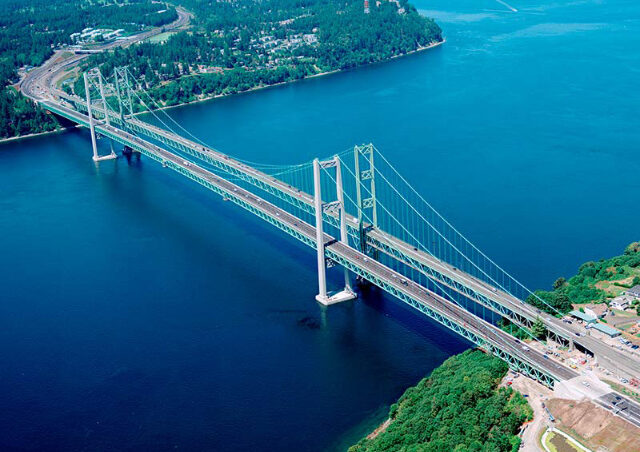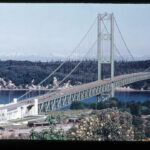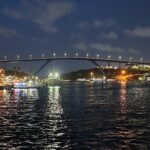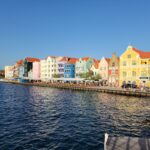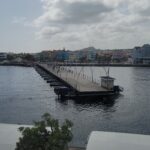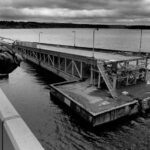In the late 1990’s and well into its fourth decade, the Second Narrows Bridge had become a vital transportation link in the south Puget Sound area. So vital in fact that the State Route 16 corridor was now running at near capacity. The bridge had been designed to carry 60,000 vehicles per day and that number had come and gone. Shortly before the new bridge opened, the corridor was handling some 75,000 vehicles each day. Traffic on the corridor was so bad that on a typical day, commuters could often spend as much as an hour just crawling along the 5 miles between the Narrows and Interstate 5.
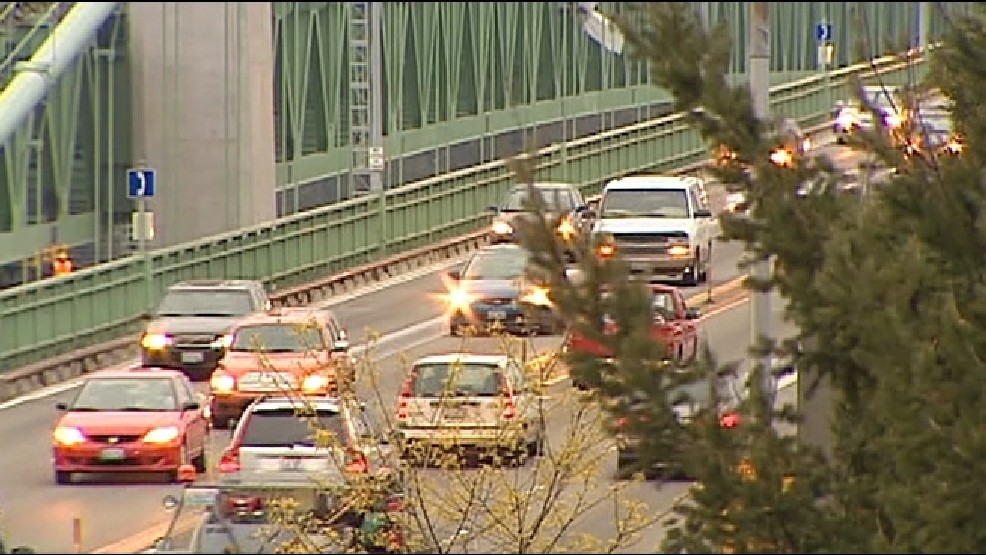
With gridlock getting worse, the public began calling for something to be done. In 1998, an advisory vote was held that asked residents living in seven counties around the bridge “Should the Tacoma Narrows Bridge be modified and a parallel bridge constructed, financed by tolls on bridge traffic and operated as a public-private partnership?”
A slim 53 percent majority answered “yes.” Of the voters asked, it was residents in Gig Harbor and South Kitsap County that would be impacted the most by a new bridge – and 83 percent of them answered “no.” Why? Because of the tolls.
The Washington State Department of Transportation (WSDOT) interpreted the results of the advisory vote as a green light to move forward with a public-private partnership (PPP). Opponents claimed that had the vote been restricted to Pierce and Kitsap county residents, the vote would have failed. Still, WSDOT moved forward with a partnership with United Infrastructure to finance the bridge.
The issue of tolling became so contentious that the Peninsula Neighborhood Association, a group opposed to the bridge, filed a lawsuit that nearly halted the project in 2000. At issue was a 1961 state law that required the bridge to remain toll free after it was paid off in 1965. The State Supreme Court ruled unanimously in the group’s favor. However, the law was simply repealed by the Legislature and the project continued.
In 1998, when the project was first proposed, the new bridge had a preliminary price tag of $350 million. The project would not only build a parallel span, but it would also improve over 3.5 miles of SR-16, build a new toll facility and plaza, build a new maintenance facility and perform other upgrades.
Court battles and politics would continue until 2002, when WSDOT signed a Design-Build agreement with Tacoma Narrows Constructors to complete the project. TNC was a joint venture of Bechtel Infrastructure and Kiewit Construction. Official groundbreaking took place on October 5, 2002 with construction commencing on January 20, 2003 – 20 years ago this month!
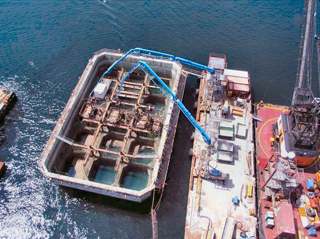
The bridge would become the longest suspension bridge built since the Verrazano-Narrows Bridge was built in 1964 and would be the fifth longest suspension bridge built in the United States. The foundations for the new bridge weigh some 85,000 tons each and stand only 60 feet south of the second bridge. A parallel suspension span of this magnitude had never been built this close to an existing span.
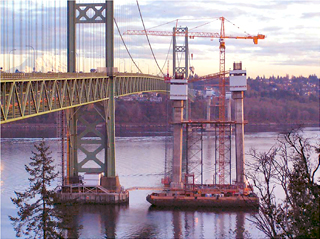
Suspension bridge technology had advanced tremendously in the 50 years since the second bridge was built. Better materials and a different mindset helped the new bridge. Suspension bridge towers were no longer constructed of steel as the first two bridges were – instead 510 foot tall concrete towers would be utilized, using 17,000 cubic yards of concrete and 2.9 million pounds of steel reinforcement. To mimic the second bridge look, the towers utilize crossframes embedded in the concrete struts.
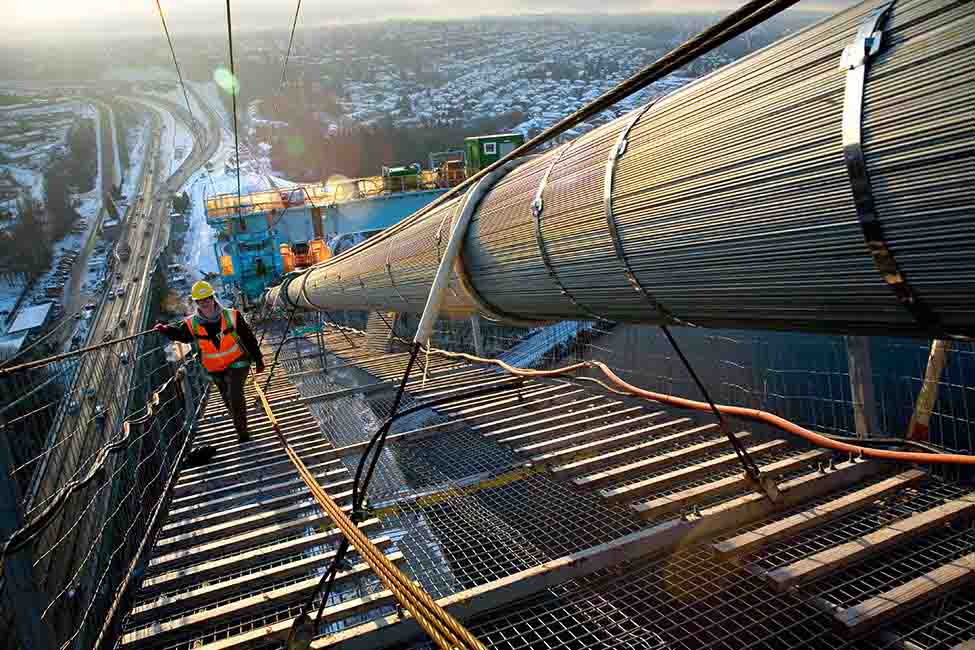
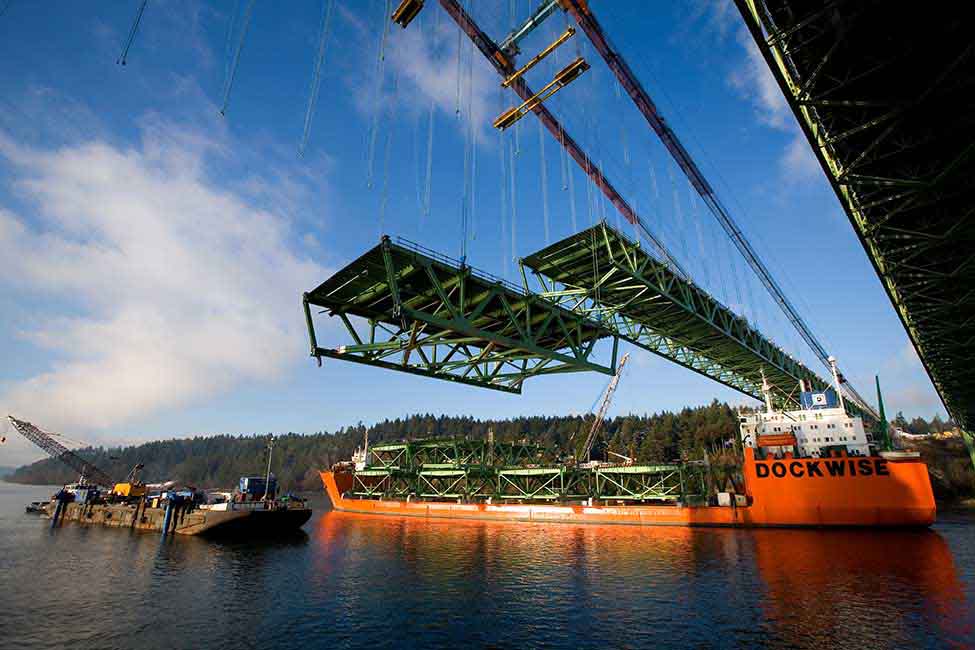
The superstructure consists of a stiffening truss made up of 43 individual sections that were fabricated in South Korea. These hang from two 20.5 inch diameter main cables which are anchored to shore in huge concrete anchorages.
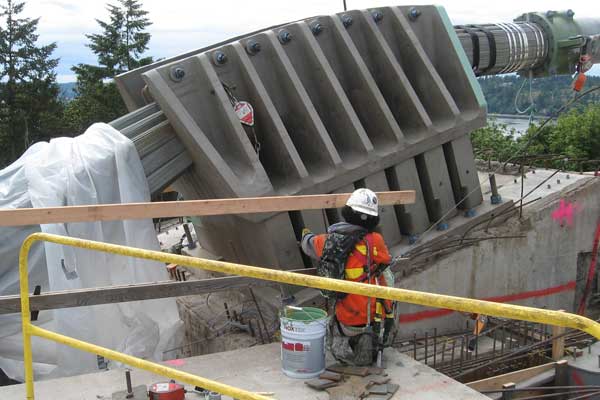
TNC worked continuously to complete the bridge on schedule, despite the gusty winds in the area and the swift currents. The bridge opened to traffic on July 16, 2007 after 57 months of construction. The previous day some 60,000 well-wishers joined Governor Christine Gregoire in opening the bridge. The final cost of the project was $729 million.
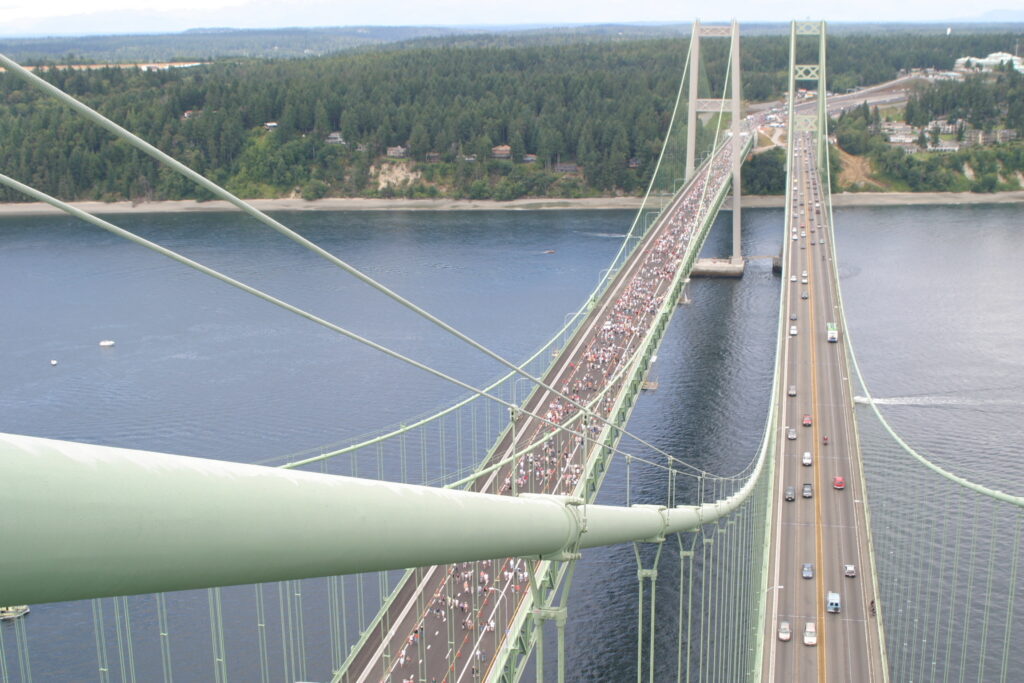
In 2022, the bridge celebrated its 15th birthday. Traffic has continued to grow on the SR-16 corridor where it now handles about 90,000 vehicles per day.
Many of the opponents to the new bridge decried the growth that the new bridge would likely bring. Gig Harbor has benefited greatly from this growth and many residents have gotten used to the tolls. Tolls were originally $1.75 with a transponder and $3 without when the bridge opened. In 2022, they stood at $5.25 with a transponder and $6.25 without. Tolls will continue to be collected until the bridge is paid off in 2032.
The new bridge uses an orthotropic steel deck that is filled with Hot Mix Asphalt (HMA). It was designed with the ability to add a second deck in the future if needed and for the possibility of light rail. The addition of a second deck would require the addition of two new main cables.

The project also modified the second bridge. The second bridge originally carried two lanes in each direction. The lanes were narrow and all that separated opposing traffic were plastic delineator tubes. Each lane is separated by grating which was intended to allow wind to flow through the deck and reduce the tendency for aeroelastic flutter to occur.
The bridges today now carry four lanes of traffic each, one way. However, this wasn’t the original plan. The original plan was for the bridges to carry three lanes of traffic – the same as the rest of the corridor. To do this on the second bridge, the grating was to have been removed and the bridge restriped for three wider lanes. Analysis of the second bridge showed that the grating was redundant – the stiffening truss was sufficient to prevent damaging oscillatory motions.
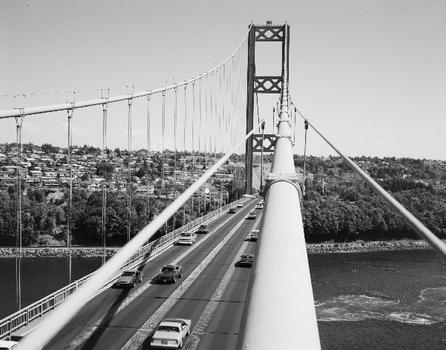
So what happened? While the corridor proposal selected had a nominal three lanes in each direction, on the Pierce County side, an additional fourth lane is gained at Pearl Street which continues across the bridge and ends on the Gig Harbor side. Value was added to the project by enabling future widening of the corridor to a continuous four lanes in the future.
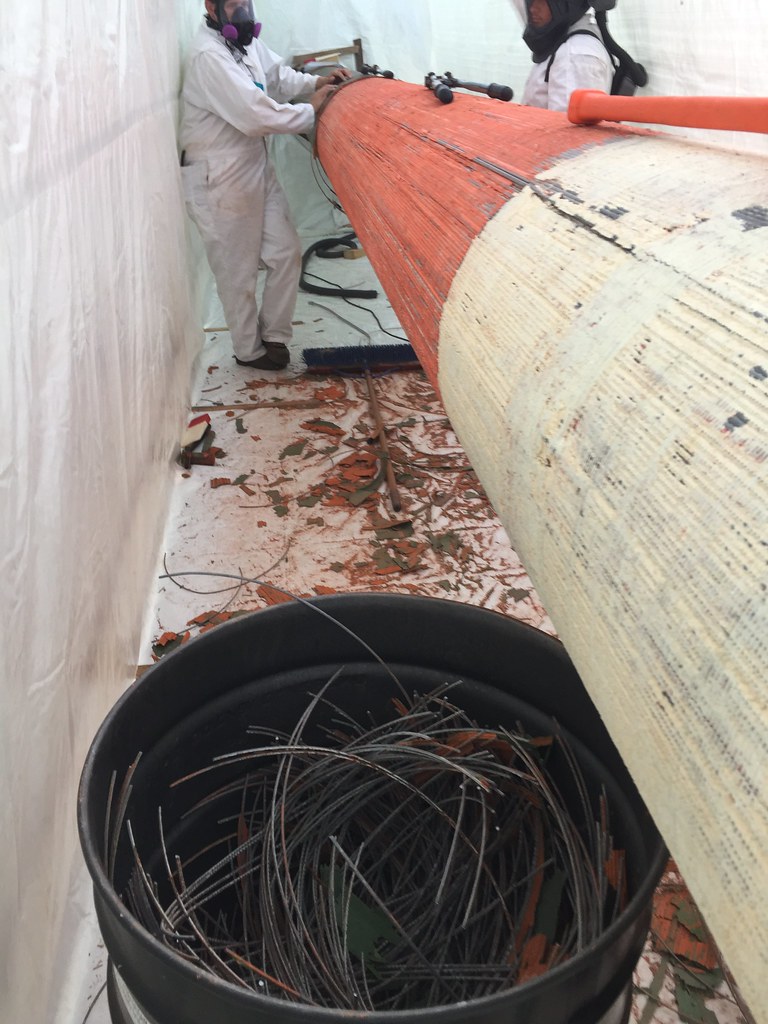
The second bridge’s condition continues to be monitored. The cables are unwrapped and inspected to look for corrosion. Advancements that have been implemented on other bridges could help extend the life of the second bridge, such as dehumidification systems. Deck replacement could become a major factor in the years to come. WSDOT will need to weigh the cost for these modifications against placing a second deck on the new bridge, then also weigh those needs against going back to a single bridge. Could a fourth Narrows bridge be out there in the distant future?
Views: 601